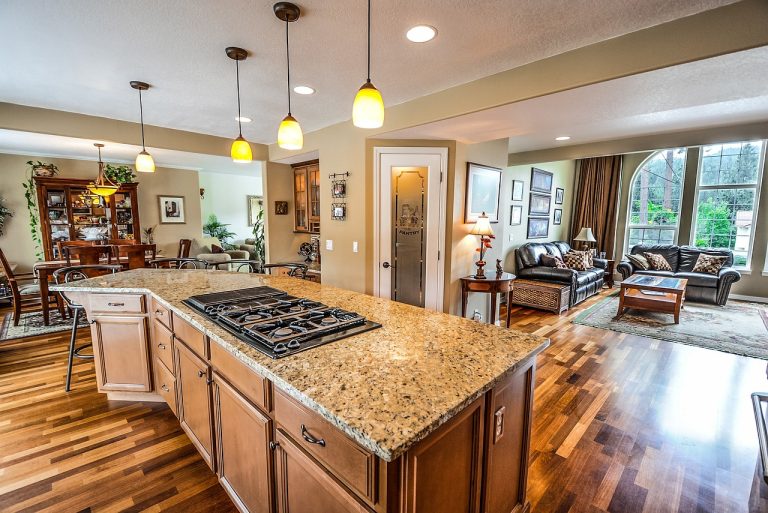The UK’s Financial Reporting Council (FRC) completed its second periodic review of UK‑Ireland GAAP in March 2024, rewriting key parts of FRS 102—most notably revenue and leases. For accounting periods beginning on or after 1 January 2026 (early adoption allowed), homebuilders will move to a five‑step, IFRS‑15‑style revenue model and bring most leases onto the balance sheet. That’s simple to say, hard to do—and it explains why many developers are struggling today.
Homebuilding meets a new revenue rulebook
Under the revised Section 23, revenue recognition now follows a structured five‑step model: identify the contract, identify performance obligations, determine the transaction price, allocate that price, and recognise revenue when (or as) obligations are satisfied. For housebuilders changes under FRS 102 can be impactful, the hardest judgements live in steps two and five. Is a sales agreement for a specific plot a single performance obligation culminating at legal completion (point‑in‑time)? Or is a bespoke build on the customers land one service satisfied over time because the customer controls the asset as it’s created? The new guidance is more prescriptive than old FRS 102, and it borrows the IFRS‑15 over‑time criteria wholesale—an uncomfortable shift for developers used to “percentage‑of‑completion” heuristics.
Where judgement multiplies
Developers also face thorny calls around variable consideration (incentives, extras, rebates), contract modifications, and significant financing components (for example, long gaps between reservation deposits and handover). The rules force you to estimate and constrain variable amounts, and to adjust for the time value of money—though there’s a relief where the gap is 12 months or less. Getting these right changes reported margins and can swing bonus, banking and land‑bid decisions.
Leases move onto the balance sheet
Rewritten Section 20 removes the operating/finance lease split for lessees. Site compounds, showrooms, marketing suites, vehicle fleets and plant hire arrangements that previously lived off balance sheet now create right‑of‑use assets and lease liabilities, reshaping leverage, interest cover and EBITDA profiles. Short‑term (≤12 months) and low‑value leases can stay off balance sheet if elected, but most other arrangements won’t. Sale‑and‑leaseback of show homes also demands fresh analysis because revenue and lease accounting now intersect. In practice, many homebuilders don’t yet have complete lease data, consistently determined lease terms (options, break clauses) or discount rates—so numbers move late in the close.
By the numbers: FRS 102 in homebuilding (statistics for accounting)
- 3.4 million: Estimated number of UK & Ireland businesses that use UK GAAP (FRS 100–105) and are touched by the 2024 amendments.
- 27 March 2024: Date the FRC issued the amendments; 1 January 2026 is the principal effective date (early adoption permitted).
- 5 steps: The new revenue model embedded in Section 23, mirroring IFRS 15’s structure.
- 3 criteria: Tests that determine whether revenue is recognised over time rather than at a point in time—central to bespoke builds on a customer’s land.
- 12 months: Two crucial reliefs use this number—(i) a practical expedient not to adjust for financing if consideration is settled within 12 months; and (ii) the short‑term lease exemption threshold.
- “Most leases”: Lessee accounting brings the majority of lease arrangements onto the balance sheet under the revised Section 20.
The operational grind behind the standards
Even when the technical answers are clear, the data rarely is. Homebuilders often juggle hundreds of contracts with options, incentives and upgrades that morph between reservation and completion; lease files are scattered across site teams; and discount rates aren’t centrally maintained. Reconciling cost‑to‑complete on developments with the new contract‑cost guidance, re‑profiling revenue on bulk sales, and producing fresh disclosures all collide with month‑end timetables and legacy systems. The upshot: more late‑cycle adjustments, heavier audit queries, and higher risk of covenant noise the first year through.
Why this bites homebuilders more than most
The business model magnifies the pain. Residential developers straddle two economic activities—developing stock on their own land for sale (typically point‑in‑time revenue) and contracting on a customer’s land (often over time). Many also run JVs, sell and lease back show homes, or bulk‑sell blocks to institutional buyers with price protection or completion‑date clauses—all of which trigger variable consideration and contract‑modification accounting. In short: more flavours of deal, more judgment calls, more places to slip.
What good adaptation looks like
The stand‑out performers are already: establishing clear accounting policies per deal type (plot sale, bulk sale, build‑on‑customer‑land, part‑exchange); standing up a contract review checkpoint before exchange; building a lease register with auditable terms and discount rates; modelling transition impacts on covenants; and training site, commercial and sales teams to spot revenue/lease triggers early. None of that requires a new ERP—just a disciplined, cross‑functional monthly cadence anchored to the new Sections 23 and 20.
Bottom line
FRS 102’s 2024 overhaul is manageable—but only if homebuilders treat it as an operating change, not a disclosure exercise. The winners will be the developers who turn judgement calls into repeatable processes before 2026.


